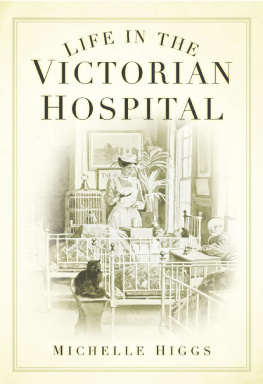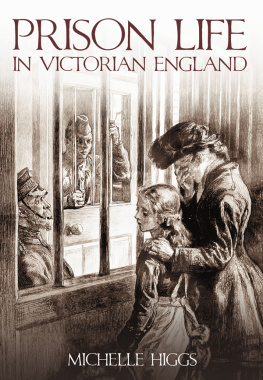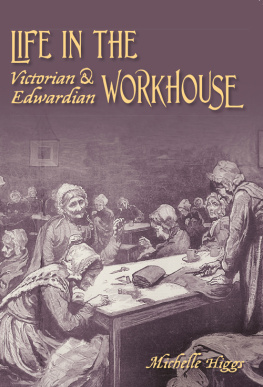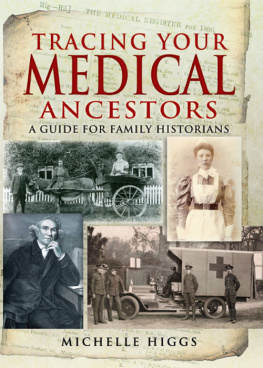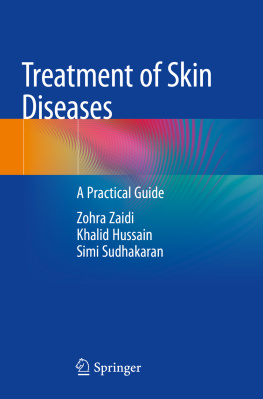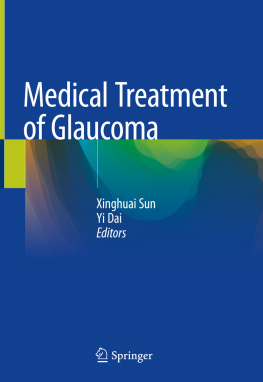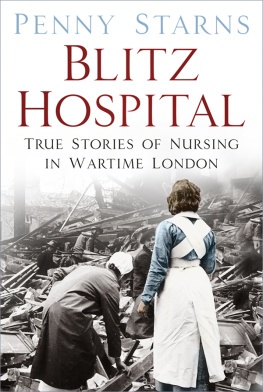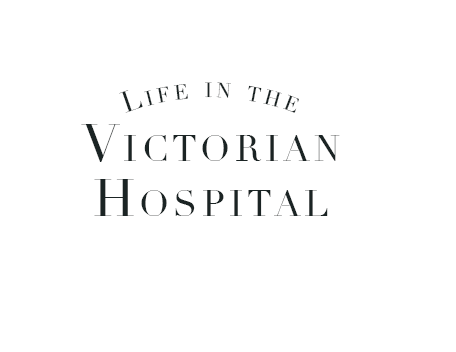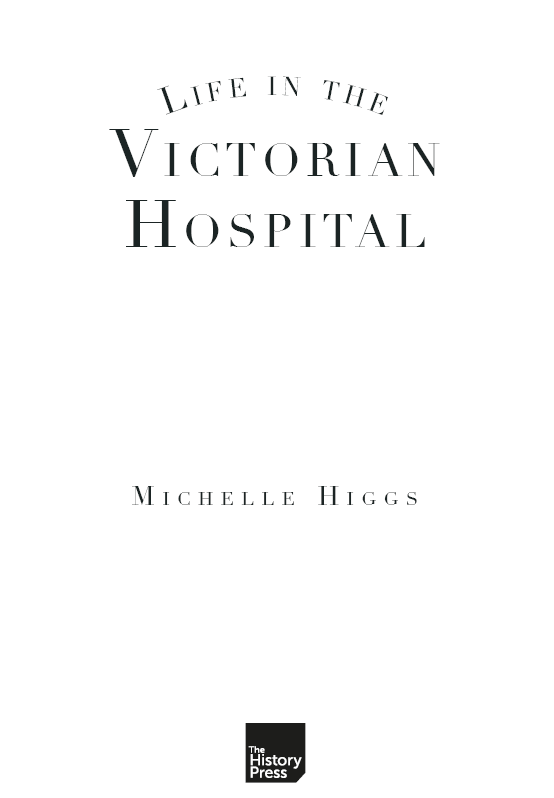
First published 2009
The History Press
The Mill, Brimscombe Port
Stroud, Gloucestershire, GL5 2QG
www.thehistorypress.co.uk
Reprinted 2015
This ebook edition first published 2017
Michelle Higgs, 2009
The right of Michelle Higgs to be identified as the Author of this work has been asserted in accordance with the Copyrights, Designs and Patents Act 1988.
This ebook is copyright material and must not be copied, reproduced, transferred, distributed, leased, licensed or publicly performed or used in any way except as specifically permitted in writing by the publishers, as allowed under the terms and conditions under which it was purchased or as strictly permitted by applicable copyright law. Any unauthorised distribution or use of this text may be a direct infringement of the authors and publishers rights, and those responsible may be liable in law accordingly.
EPUB ISBN 978 0 7509 8476 8
Typesetting and origination by The History Press
eBook converted by Geethik Technologies
Contents
Acknowledgements
While writing this book, I received help and advice in locating information and illustrations from a number of different sources. I would like to express my gratitude to the following:
The staff of Birmingham Archives and Heritage Service; Glamorgan Record Office; Gloucestershire Archives; Great Ormond Street Hospital NHS Trust & Kingston University; Gwent NHS Trust; Gwent Record Office; Centre for Kentish Studies; Kent & Medway NHS & Social Care Partnership Trust; Lancashire Record Office; the University of Aberdeen Special Archives; Wiltshire and Swindon Archives; Alistair Tough of the NHS Greater Glasgow and Clyde Board Archives; Fiona Watson of the Northern Health Services Archives in Aberdeen; Alan Humphries of the Thackray Museum in Leeds; Dr Ian Paterson of the Northern General Hospital in Sheffield; Kevin Towers of the West London Mental Health NHS Trust; Dr Paul P. Davies; Paul Arnold; Gareth Edwards and Yvonne Goulding.
Special thanks are due to Dr Sue Hawkins of the Historic Hospital Records Project for her feedback and advice on the Childrens Hospitals chapter, to Ava Connelly for helping with my research in Glasgow and to Ellie Thomas for giving a nurses perspective on Victorian medical treatments.
I am extremely grateful to the K. Blundell Trust, administered by the Society of Authors, for providing me with a generous grant, without which I could not have undertaken research in Scotland and Wales.
I would also like to thank the following people who were so generous with their time and their research:
Benjamin Caine, Rina Callingham, Geoff Couling, Paula Couling, Wendy Fitzpatrick, Lisa Gregg, Caroline Haycock, Carl Higgs, Christopher J. Hogger, Lyn and Alan Howsam, David Rawdon, Jill Reeves, Stuart Reid, John Royle, Prue Stokes, Richard Waddy and Louise Williams.
Finally, I would like to thank my husband Carl for his unstinting support, and my family and friends for their encouragement during the writing of this book.
Illustrations
Every effort has been made to trace copyright holders of images included in this book. The publishers would be grateful for further information concerning any image for which we have been unable to trace a copyright holder.
Introduction
The era of the Victorian hospital was one of cash-strapped institutions, deadly hospital infections, surgical advances and medical discoveries. Through it all, life-threatening diseases were no respecter of class, affecting rich and poor alike.
However, the medical treatment for such diseases differed significantly, depending on the patients social class. The wealthy still received private medical treatment at home or, later in the nineteenth century, in a practitioners consulting room. The middle classes might pay for their treatment but could also frequent one of an increasing number of specialist hospitals. The working classes who were just above the poverty line could get free treatment from charitable general hospitals or dispensaries. For the abject poor who were receiving poor relief, their only option was to seek treatment at the workhouse infirmary.
Whatever medical treatment was received, it made a difference if:
the sick person was male or female; young or old; confronted with minor, serious, shameful, or life-threatening illness was rich or poor; trusted his doctor or not; was in a hospital, outpatient department, doctors surgery or at home; was educated or not; was seeing the neighbourhood practitioner or a high-powered specialist; was in the hands of a good doctor or not.
During the Victorian period, there was a huge growth in the number and type of hospitals to cater for the increasing population. A bewildering array of medical facilities were available including voluntary hospitals, poor law infirmaries, specialist and childrens hospitals, hospitals for infectious diseases, dispensaries, cottage hospitals, convalescent homes and lunatic asylums. However, at first there was no real advantage to going into a Victorian hospital for treatment as they offered little beyond the domiciliary capabilities of a physician or surgeon.
A patient entering hospital for treatment at the end of Queen Victorias reign would have experienced a much higher standard of care than was available at the beginning. Increased medical knowledge and surgical skills led to more accurate diagnoses and targeted treatment, addressing the causes of disease, rather then just the symptoms. A better understanding of the transmission of deadly hospital diseases such as erysipelas, pyaemia and hospital gangrene, along with antiseptic and aseptic techniques, dramatically cut mortality rates in hospital. Scientific innovations such as anaesthetics and artery clamps increased the range of operations surgeons could safely and successfully perform. Above all, it could be argued that better training of nurses, with whom patients had the most contact, significantly improved the care a patient could expect in hospital.

Aberdeen Royal Infirmary. (Private collection)
Chapter 1
The Hospitals of the Eighteenth Century
Until the eighteenth century, there were no medical hospitals in Britain outside London.
Before 1720, Londons only hospitals were St Bartholomews and St Thomass, founded in 1123 and c.1215 respectively, and re-established as secular facilities, plus Bethlem, Englands only lunatic asylum. Eighteenth-century Britain saw a gradual founding of general hospitals across the country, established for the deserving poor on a secular basis and funded by charity.
Five more hospitals were opened in London: the Westminster (1720), Guys (1724), St Georges (1733), The London (1740) and The Middlesex (1745). By the beginning of the nineteenth century, Londons hospitals treated over 20,000 patients a year.
Many Scottish hospitals also had eighteenth-century origins. Edinburghs Royal Infirmary was set up in 1729 with Aberdeen establishing its own infirmary ten years later. In the last quarter of the eighteenth century other Scottish cities followed their example, including Dumfries (1776), Glasgow (1794) and Dundee (1798).

